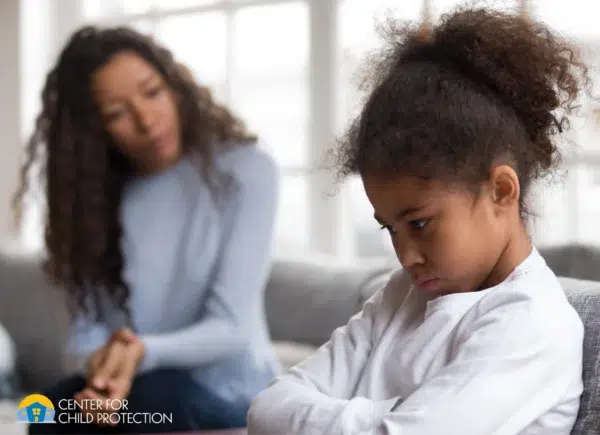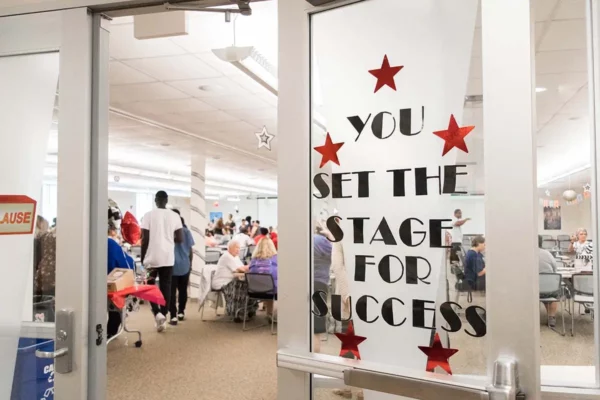The Center for Child Protection has developed several experiential therapy methods to help children heal from the trauma of abuse, and one of those methods is vegetable gardening. While gardening might not immediately spring to mind as a tool for healing child trauma, a therapeutic garden program can be a catalyst for significant intellectual, emotional and social growth.
Goals of Vegetable Gardening as a Therapeutic Modality
- First, it is a regulating activity because it involves pulling weeds and tilling soil, which is repetitive and calming. After trauma has occurred, repetition is vital to moving forward.
- It also allows clients to address sensory issues (touch, feel, smell and sight).
- It allows clients to tend to and care for something other than people, which can be hard for clients who see others as harmful or bad.
- The garden also encourages clients to nurture something living, which is the beginning of empathy that sometimes the kids who visit the Center after trauma lack.
- Finally, the vegetable garden allows clients to have relationships with therapists in a way that is safe and keeps their focus on the present instead of the past.
Since the inception of the therapy garden, children and their families have been able to work together to build positive relationships. They see first-hand, from start to finish, the garden turn from soil and seed into something they can enjoy with the whole family.
Planting Your Own Garden
The perks of gardening extend to all families–connecting with nature benefits all of us.
- Want to test out your own green thumb? Raised beds are a great place to start and they don’t require a huge time investment.
- Check out this calendar to see which vegetables to plant according to the season.
- Don’t have the space? Find a community garden near you!
Contact Info
Center for Child Protection
8509 FM 969, Building 2
Austin, Texas 78724
Phone: 512-472-1164
Fax: 512-472-1167
Web: centerforchildprotection.org











